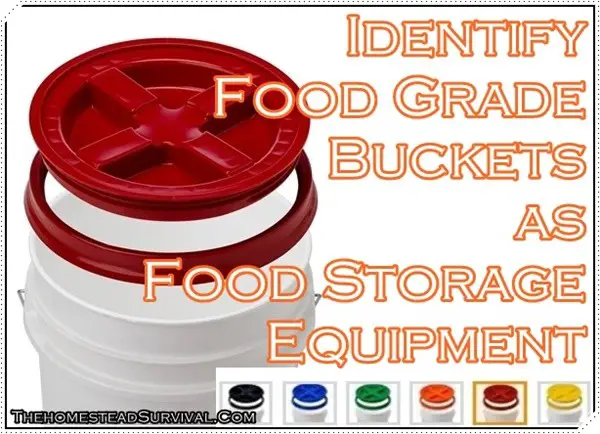How to Identify Food Grade Buckets as Food Storage Equipment is simple project once you understand an outline of the rules. Plastic is one of the most widely used materials for various purposes. But off late we often hear that plastic is harmful to health and the environment. We need to understand the difference between what is harmful and what is not.


